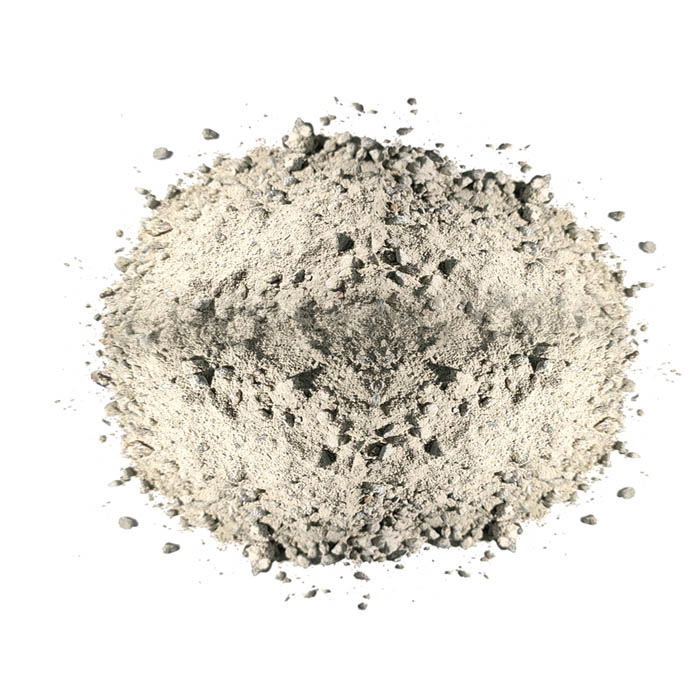Dec . 02, 2024 06:04 Back to list
china sae1018
Understanding SAE 1018 Steel Properties and Applications
SAE 1018 is a popular choice within the family of carbon steel grades. Specifically, it is classified as low carbon steel, which contains approximately 0.18% carbon by weight. This grade is known for its excellent machinability, weldability, and versatility, making it a staple in various industries. In this article, we will delve into the properties, applications, and advantages of SAE 1018 steel, highlighting why it is a preferred material for many engineers and manufacturers.
Chemical Composition
The chemical composition of SAE 1018 primarily consists of iron with a carbon content of 0.18%. In addition to carbon, it may include small amounts of manganese (0.60% to 0.90%), phosphorus (0.04% max), and sulfur (0.05% max). These elements combine to impart specific properties to the steel, including strength, ductility, and hardness.
Mechanical Properties
SAE 1018 steel exhibits a range of mechanical properties that are advantageous for many industrial applications. Its tensile strength typically ranges from 440 to 700 MPa, while yield strength can vary from 370 to 455 MPa. The ductility of SAE 1018 is notable, allowing it to be formed and shaped without fracturing. Standard elongation rates hover around 15-20%, showcasing its ability to stretch before breaking. Furthermore, the hardness of SAE 1018 can be measured on the Brinell scale, generally falling between 126 to 217 HB.
Welding and Machinability
One of the critical advantages of SAE 1018 is its excellent weldability and machinability. The low carbon content allows the steel to be welded effectively without compromising its integrity, making it an ideal material for components that require assembly or modifications. Furthermore, it can be easily machined using standard techniques, allowing for quick production of intricate parts.
Heat Treatment
china sae1018

While SAE 1018 is not as hard as higher carbon steels, it can undergo heat treatment to enhance its mechanical properties. Processes such as annealing or quenching can improve its tensile strength and hardness. However, it’s essential to note that excessive heat treatment can lead to brittleness, so careful control of the heat treatment process is crucial.
Applications
Due to its favorable properties, SAE 1018 is utilized in a wide range of applications across various industries. It is commonly found in manufacturing processes for components such as shafts, gears, pins, and bolts. The automotive industry frequently employs SAE 1018 for parts like axles and chassis components. Additionally, it is used in machinery, construction, and even in the production of structural steel.
Moreover, its exceptional balance of strength and ductility makes it suitable for applications that require reliability and resilience under stress. Other industries, including aerospace and energy, have also adopted SAE 1018 for specific components where moderate strength and good machinability are needed.
Environmental and Economic Considerations
In an era of increasing environmental awareness, the use of low carbon steel like SAE 1018 is commendable from both an economic and ecological perspective. Low carbon steels require less energy to produce compared to high-carbon counterparts, leading to lower emissions during manufacturing. Furthermore, the recyclability of steel contributes significantly to sustainability efforts in construction and production.
Conclusion
SAE 1018 steel is an excellent example of low carbon steel that combines desirable properties such as good weldability, machinability, and reasonable strength. Its wide range of applications makes it a valuable material in the manufacturing sector. Understanding its composition, mechanical characteristics, and benefits can help engineers and manufacturers make informed decisions when selecting materials for their projects. As industries continue to seek reliable and sustainable options, SAE 1018 will likely remain a preferred choice for various applications.
-
High Purity Graphitized Petroleum Coke | Low N Recarburiser
NewsAug.08,2025
-
Fe-C Composite Pellets for BOF: Enhance Steelmaking Efficiency
NewsAug.07,2025
-
Eco-Friendly Granule Covering Agent | Dust & Caking Control
NewsAug.06,2025
-
Fe-C Composite Pellets for BOF: High-Efficiency & Cost-Saving
NewsAug.05,2025
-
Premium Tundish Covering Agents Exporters | High Purity
NewsAug.04,2025
-
Fe-C Composite Pellets for BOF | Efficient & Economical
NewsAug.03,2025
